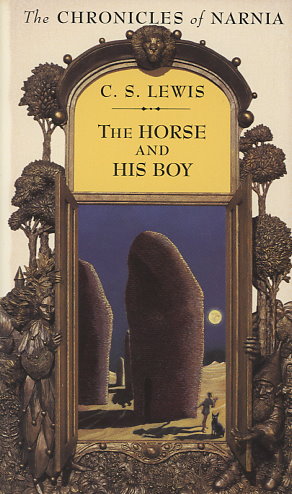Jordan O’Neill isn’t a fan of labels, considering he has a few. Gay, geek, a librarian, socially awkward, a nervous rambler, an introvert, an outsider. The last thing he needs is one more. But he when he realises adding the label ‘asexual’ might explain a lot, it turns his world upside down.
Hennessy Lang moved to Surry Hills after splitting with his boyfriend. His being asexual had seen the end of a lot of his romances, but he’s determined to stay true to himself. Leaving his North Shore support group behind, he starts his own in Surry Hills, where he meets first-time-attendee Jordan.
A little bewildered and scared, but completely adorable, Hennessy is struck by this guy who’s trying to find where he belongs. Maybe Hennessy can convince Jordan that his world hasn’t been turned upside down at all, but maybe it’s now—for the first time in his life—the right way up.
It was definitely the fact that Jordan is a librarian that cinched it for me. Ace rep AND a librarian? Insta-buy. Jordan's librarianship seems to consist mostly of shelving, helping patrons, and gossiping with his lesbian BFF Merry (who works with him). That seems fair. I liked that Jordan suggested Hennessy hold the ace support group meetings in the library's meeting room, as that is such a librarian thing to do. Jordan's claim that he needs to wear a grey suit & button-up shirt every day, forcing him to accessorize solely with scarves and shoes, seems less likely. Public librarians typically dress anywhere from casual to business-y. You probably won't see a librarian in jeans, but I highly doubt you'll see one in a full business suit. Australia (where this book is set) does not strike me as an overly formal place. Merry wears the colorful twee librarian aesthetic, obvi.
This book is, naturally, very heavy with ace rep. It's always affirming to read a book with asexual characters, but this one is almost too heavy, with whole paragraphs sounding like they've been pulled from AVEN or an encyclopedia. This could be a good introductory read for people who best consume concepts from stories, but as a seasoned ace from the Graduate School of Tumblr, I got kind of impatient with the Asexuality 101 and 102 explanations. Both Hennessy and Jordan have had relationships end because they were ace, and Jordan felt like he was broken because he didn't want to have sex. The pain behind those occurrences felt real and grounded the story. I wish I had a local ace support group; that would be sweet.
To me, the characterization is the weakest point. Neither character really seems real; they just seem like a combination of various tropes, attributes and roles. Hennessy (SUCH a dumb name) is basically a perfect guy: he's really good-looking, really smart, really nice, very moral and a good friend. He's the encyclopedia entry-spouter. His awful name and cool job are the only interesting things about him. He's pretty boring. Jordan is Adorkable To The Max. He rambles CONSTANTLY, like the stupidest stuff no one in their right mind would say out loud. He truly sounds unhinged and is constantly drowning in anxiety to an unhealthy degree. His brain goes immediately to the worst-case scenario for the smallest things. He's also constantly blurting out Samuel L. Jackson's favorite word, very loudly, in the most inappropriate times. Merry truly deserves a medal for putting up with him. It would be exhausting to be his friend, let alone his significant other. I grew tired of his spiels very quickly and found them embarrassing and annoying rather than funny or cute. Jordan is supposed to be 26, but he sounds and acts much younger, like a teen baby gay. It irritated me that I was supposed to find this anxiety-ridden mess funny.
Jordan and Hennessy's relationship is kind of cute. They ride the same bus and are cute together, and the other commuters get emotionally involved in their relationship and ship them and give advice, which is kind of funny. Their dates are cute, and I want to go to the restaurants they visited because the food sounds amazing. Hennessy is constantly having to reassure Jordan due to his anxiety and low self-esteem. I found the climax of the plot irritating because it involved Jordan's anxiety and thinking-the-worst-ness and a lack of communication. There's also a poly secondary plot with some of their friends. The writing in this book felt very fanfiction-y, kind of juvenile, romance-focused and gush-y. To be fair, I have read amazing writing in fanfiction before, better than some published books I've read (like this one). The book was published in 2019 but feels like it takes place in the early 2010s for some reason.
Overall, I mostly liked this book and am glad I read it. I wish I'd had/read this book when I was an older teen, as I think I would haven enjoyed it more and gotten more from it. Other people hyped it up so much for me that I expected more and was kind of disappointed.
Score: 3.5 out of 5 stars
Read in: June 14-15
From: Book Shop dot org
Status: keep for now
Cover notes: This cover seems really late 2000s/early 2010s to me, with the dots and the partial faces and the zany font (which I do like). I think this cover is subtle enough, for those who are wary of reading gay books in public. The back cover does have the blurb though. I like how the asexual flag is on the top arrow of the N of the title.


